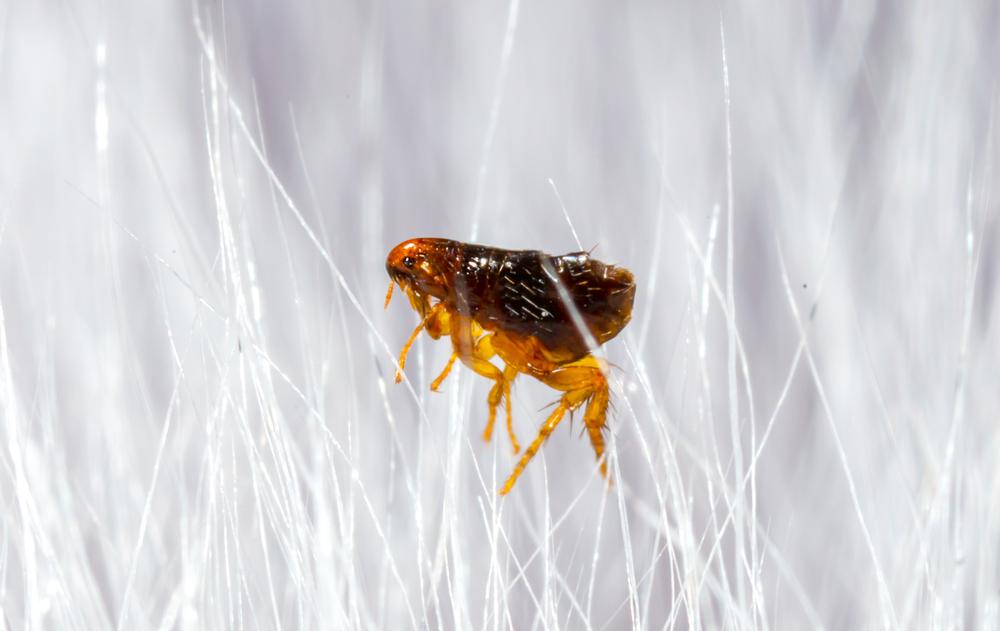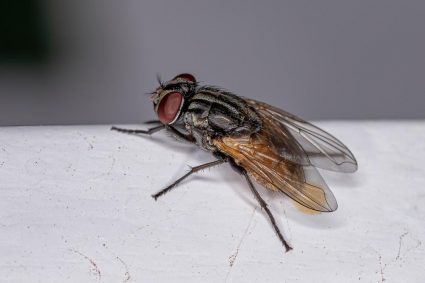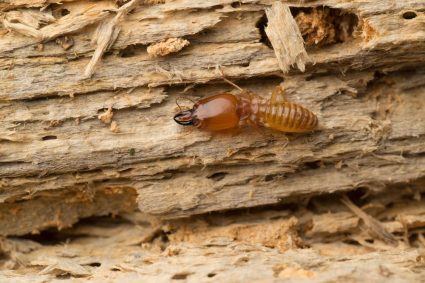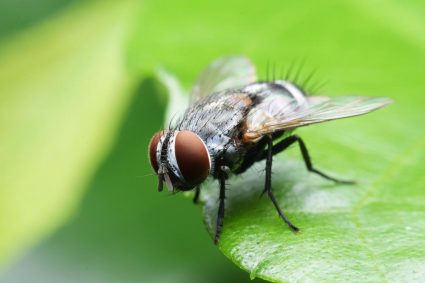
Fleas are a common nuisance for pet owners and can pose serious health risks if left untreated. To effectively combat a flea infestation, it’s important to understand all stages of the flea life cycle, starting with the eggs. But what do flea eggs look like? This article will provide a detailed and comprehensive guide to identifying and dealing with flea eggs.
Flea eggs are incredibly small, about 0.5mm in size, and are typically pearly white or off-white in color. They are oval-shaped with a smooth, glossy surface. Due to their tiny size and light color, they can be hard to spot, especially on pets with light-colored fur. They can often be found alongside flea feces, which is black and has a texture similar to charcoal.
What are Flea Eggs?
Flea eggs are incredibly tiny, measuring about 0.5mm in size. They are pearly white or off-white, sometimes appearing translucent or semi-transparent. This coloration allows them to blend in with their surroundings, making them difficult to spot. Flea eggs are oval-shaped with rounded ends and have a smooth, glossy surface. Freshly laid eggs may appear slightly sticky or moist, but they dry out and become more brittle over time.
How to Identify Flea Eggs
Flea eggs can be difficult to spot, especially on pets with light-colored fur. To identify flea eggs, place a suspected speck on a dark piece of paper under a magnifying glass to observe its size, shape, and color. Flea eggs are often found alongside flea feces, which is black and has a texture similar to charcoal, while flea eggs are white and more durable.
Using a flea comb on your pet can also help you spot flea eggs. This fine-toothed comb is designed to remove fleas and their eggs from your pet’s fur. Gently comb through your pet’s fur, paying close attention to areas where fleas tend to congregate, such as the lower back and belly. You can use a magnifying glass to help check the comb for eggs once you’re finished.
Flea Eggs vs Other Insect Eggs
Flea eggs can be easily mistaken for dry skin, sand, or dandruff due to their small size and light color. However, dandruff flakes are often irregular in shape, while flea eggs are almost always oval. Dandruff and dry skin stick to fur easily, while flea eggs are slippery and will fall off.
Flea Life Cycle
Flea eggs evolve through four main stages: egg, larva, pupa, and adult. The duration of each stage depends on environmental conditions such as temperature and humidity. It’s essential to understand this life cycle to effectively treat and prevent flea infestations.
Risks of Untreated Flea Eggs
If flea eggs are left untreated, they can hatch and lead to a flea infestation, posing several risks to both pets and humans. These risks include tapeworm infestations, flea allergy dermatitis, anemia, Canine Bartonellosis, Feline infectious anemia, and Cat scratch fever.
How to Get Rid of Flea Eggs
There are several effective methods to get rid of flea eggs, including treating your pets with flea shampoos, spot-on treatments, and flea collars, vacuuming thoroughly, washing affected items in hot water, using insect growth regulators (IGRs), applying flea sprays, using diatomaceous earth, baking soda and salt, steam cleaning surfaces, and using natural remedies.
Conclusion
Understanding what flea eggs look like and how to identify them is crucial for effective flea control. Regularly inspect your pets and their environment for signs of flea infestation and take prompt action if you spot any flea eggs. Always consult your veterinarian for the best course of action for your pets and home.
Frequently Asked Questions
How long does it take for flea eggs to hatch?
Flea eggs usually hatch into larvae within 2 to 14 days, depending on the environmental conditions such as temperature and humidity.
Where do fleas lay their eggs?
Fleas lay their eggs on their host (your pet), but the eggs do not stick to the fur and will fall off into the environment. This means they can be found anywhere your pet spends time, such as on bedding, carpets, and furniture.
How many eggs can a flea lay in its lifetime?
A female flea can lay up to 50 eggs a day and around 2000 eggs in its lifetime, which makes it easy for a flea infestation to quickly get out of control.
Can flea eggs survive in the vacuum cleaner?
Yes, flea eggs can survive in a vacuum cleaner. To ensure they don’t hatch and re-infest your home, you should seal and dispose of the vacuum bag immediately after vacuuming an infested area.
Can flea eggs affect humans?
Flea eggs themselves are not harmful to humans. However, if they hatch and the resulting fleas bite humans, this can cause itching and discomfort. Some people may also develop an allergic reaction to flea bites.











